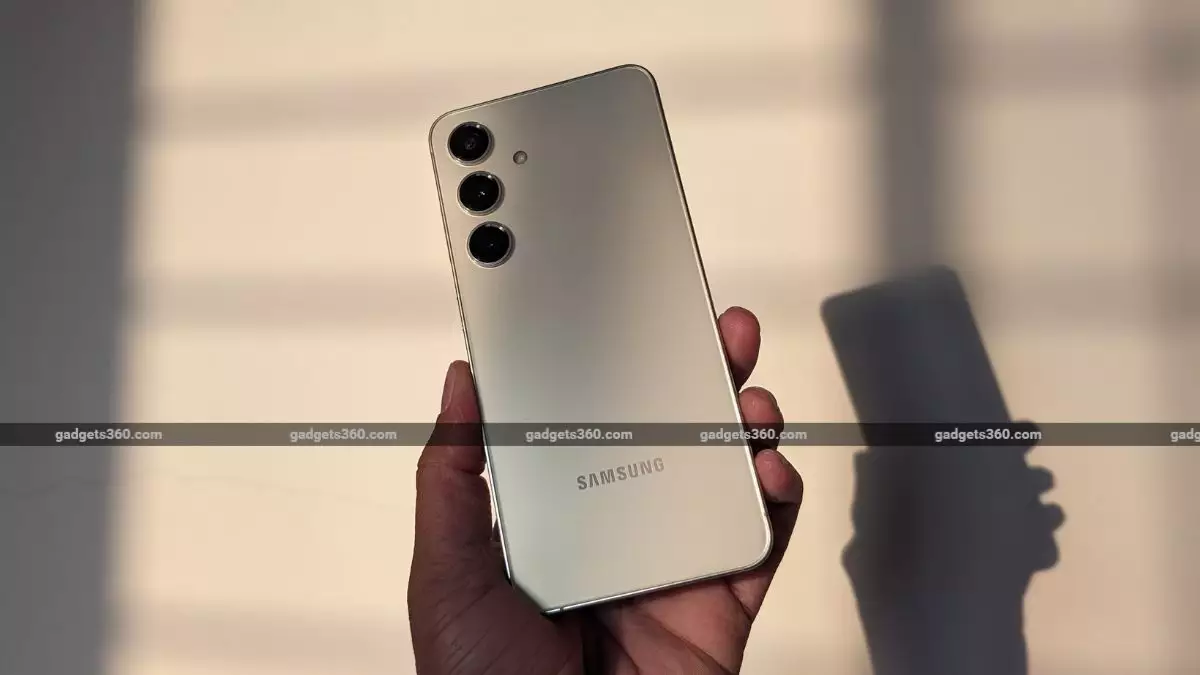The smartphone industry is witnessing a fascinating trend as leading manufacturers like Apple and Samsung gear up to release ‘slim’ versions of their flagship models. These devices, tentatively named the iPhone 17 Air and the Samsung Galaxy S25 Slim, are generating buzz for their ultra-thin designs and reduced battery capacities. This strategic move seems motivated by consumer demand for sleeker devices while encountering the inherent challenges associated with thinner form factors.
Reports suggest that the upcoming models will feature battery capacities significantly lower than their standard counterparts, falling within the 3,000-4,000mAh range. Such a decision raises concerns about the devices’ longevity and usability. As smartphones have transitioned from simple communication tools to essential life accessories, battery life remains a critical feature for users. The emphasis on reducing thickness could lead to compromises in battery performance, forcing consumers to adapt to potentially shorter usage periods between charges.
These slimmer devices are expected to boast striking designs, with thickness measurements between 5.xmm and 6.xmm. However, a reduction in battery size could heighten the challenge of heat dissipation, which is crucial for maintaining performance integrity. Thus, two significant questions arise: can these devices deliver the expected performance, and will users willingly compromise battery life for aesthetics?
In contrast to Apple and Samsung, many Chinese smartphone manufacturers are also venturing into the slim space, albeit with a different approach. It has been noted that these competitors might feature battery capacities around 5,000mAh, thanks to advancements in Silicon-Carbon technology that improves energy density. This differentiator may afford them an edge over Apple and Samsung not only in battery life but also in overall performance. As the industry adapts to new technologies, it raises the bar for what users expect from ‘slim’ devices, making it imperative for well-established companies to rethink their strategies.
Taking a deeper look at the specifications, the iPhone 17 Air could present notable features such as a 6.6-inch OLED screen with 120Hz ProMotion technology, indicative of Apple’s commitment to providing high-end displays. Furthermore, the anticipated 48-megapixel rear camera promises impressive photographic capabilities. Conversely, the Galaxy S25 Slim might carry a formidable 200-megapixel camera, revealing Samsung’s dedication to maintaining its reputation for outstanding imaging technology.
While aesthetic appeal continues to be a primary driver for consumer purchases, there is a notable tension as companies like Apple and Samsung balance cutting-edge designs with functional requirements. The decision to eliminate physical SIM card slots in the iPhone 17 Air, favoring eSIM technology due to space constraints, underscores a broader industry trend towards digital integration and minimalism.
As Apple and Samsung prepare to unveil their slimmed-down flagships, they are poised to test the waters on user expectations and market dynamics. As consumers gravitate towards sleeker devices, manufacturers must carefully navigate the complexities of design and functionality to sustain their competitive edge. The iPhone 17 Air and Samsung Galaxy S25 Slim could redefine what it means to own a premium smartphone, but only time will tell if these devices can successfully balance form and function without alienating their user base.


Leave a Reply